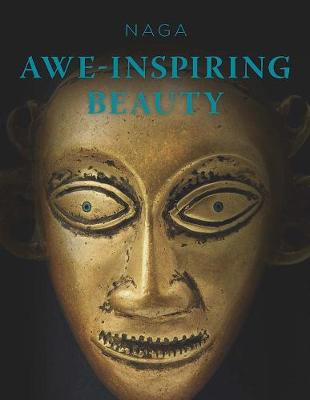Mercatorfonds (Yale)
2 total works
A comprehensive look at an important member of the artistic vanguard of late 19th- and early 20th-century Europe
In this beautifully illustrated book, Michel Draguet, an internationally recognized authority on fin-de-siècle art, offers an enlightening examination of the life and art of Belgian Symbolist painter Fernand Khnopff (1858–1921). Khnopff achieved widespread acclaim during his lifetime for his moody, dreamlike paintings, as well as his numerous commissioned portraits, designs for costumes and sets for the theater and opera, photography, sculpture, book illustrations, and writings. Khnopff was a reclusive personality, and in 1900 he focused his attention on the design and construction of a lavish, secluded home and studio in Brussels, a structure that became deeply entwined with the artist’s work and sense of self. Although the house was demolished in 1936, Draguet uses new archival research to reconstruct its spaces and explore the home as emblematic of the artist, guiding the reader through Khnopff’s very personal world and analyzing his art in the context of its generative surroundings.
Distributed for Mercatorfonds
In this beautifully illustrated book, Michel Draguet, an internationally recognized authority on fin-de-siècle art, offers an enlightening examination of the life and art of Belgian Symbolist painter Fernand Khnopff (1858–1921). Khnopff achieved widespread acclaim during his lifetime for his moody, dreamlike paintings, as well as his numerous commissioned portraits, designs for costumes and sets for the theater and opera, photography, sculpture, book illustrations, and writings. Khnopff was a reclusive personality, and in 1900 he focused his attention on the design and construction of a lavish, secluded home and studio in Brussels, a structure that became deeply entwined with the artist’s work and sense of self. Although the house was demolished in 1936, Draguet uses new archival research to reconstruct its spaces and explore the home as emblematic of the artist, guiding the reader through Khnopff’s very personal world and analyzing his art in the context of its generative surroundings.
Distributed for Mercatorfonds
Taking an approach that is equal parts anthropological and art historical, this lavishly illustrated volume offers a rare look at the art, artifacts, and culture of the Naga people, an ethnic group spanning several tribes native to northeastern India and northwestern Myanmar. The book seeks to shed light on this geographically isolated and historically insular people, identifying cultural aspects and artistic traditions that are common among all Naga tribes, as well as ways in which the tribes differ. The works featured include textiles, baskets, wood carving, pottery, metalwork, jewelry, and beadwork, and make use of a wide range of materials such as glass, stone, metal, wood, shell, seeds, bone, and hair. Archival photography is used to place clothing, accessories, and ornaments within the cultural practices of the Naga.

